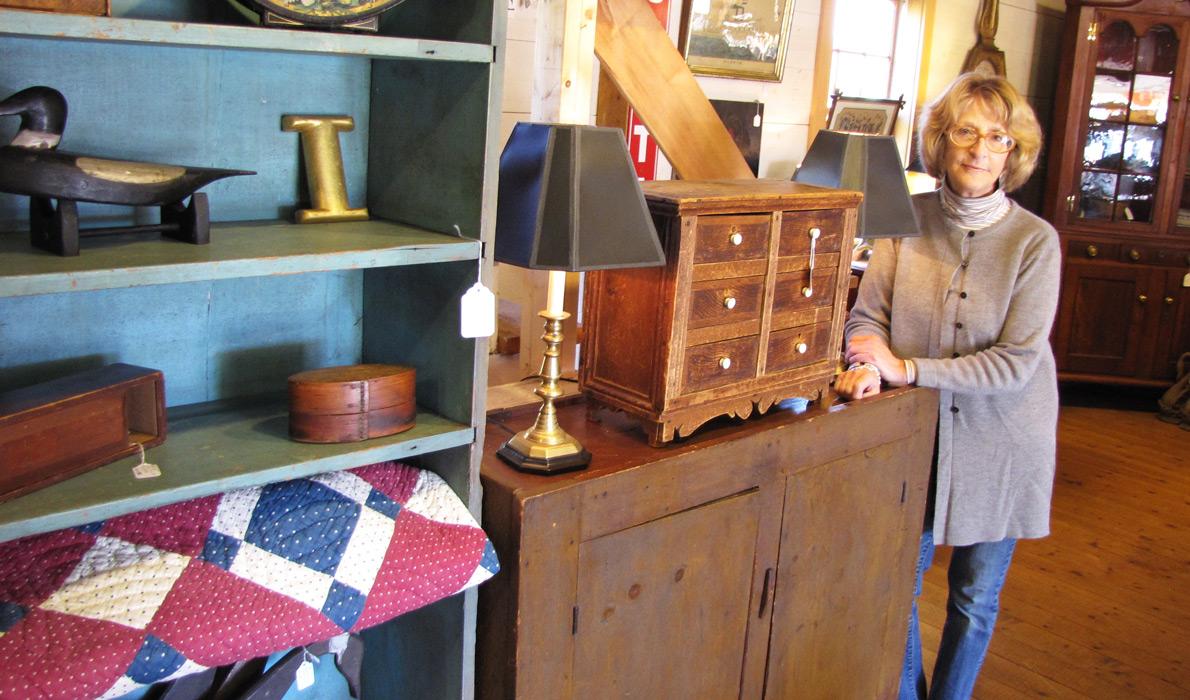Posted October 21, 2015
Last modified October 21, 2015
Maybe you’ve noticed something missing in Maine’s coastal communities: the Mom-and-Pop antiques shops that seemed to be everywhere a decade or two ago.
You’re not imagining things, but the disappearance of these shops doesn’t necessarily portend bad news for the antiques market that draws tourists and dollars into coastal communities.
Like many industries, the antiques market took a hit following the economic downturn of 2008 and antiques shops began closing as a result, say local and national antiques experts.
But the trend of fewer antiques dealers nationally has been slowly taking place over decades, said James McConnaughy, an antiques dealer from New York City and the president of the National Antique and Art Dealers Association of America.
While changing consumer patterns and dealers who are retiring or dying without younger dealers getting into the business play a role in the reduction of dealers, money is the main driver, he said.
“It’s much more expensive to be a dealer now,” he said. “To have a decent inventory now is hugely expensive.” And with only so much material to go around, it’s more difficult to find stock, he said.
Yes, it is more difficult to find stock and the cost of maintaining an inventory and a physical location is challenging, agreed Phyllis Sommer, 40-year owner of Pumpkin Patch Antiques in Searsport, but the reduction of dealers is not an indication that the antiques market nationally or in Maine is headed for disaster, she said. Rather, it is a natural cycle of business.
Just how big an impact that natural business cycle is having in Maine is hard to determine.
The state doesn’t track the number of antiques businesses so no antiques business-specific statistics exist to determine how many are operating in the state or how many have closed down.
Approximately 66 antiques companies are registered with the Secretary of State’s office and are active. The Maine Antiques Dealers Association says it has 168 Maine-based members.
The state also doesn’t know how many tourism dollars are linked to the antiques market because in its surveys of tourists, antiques, falling under the shopping category, are combined with local arts and crafts. According to the Maine Office of Tourism 2014 annual report, 12 percent of overnight visitors and 13 percent of day visitors who said they were interested in shopping while visiting the state purchased "antiques/local arts and crafts."
The lack of statistics notwithstanding, coastal antiques dealers understand well their role in attracting tourists and supporting their communities, said Sommer, and to that end they are committed to making their shops and communities destinations for tourists and collectors.
Contributed by




